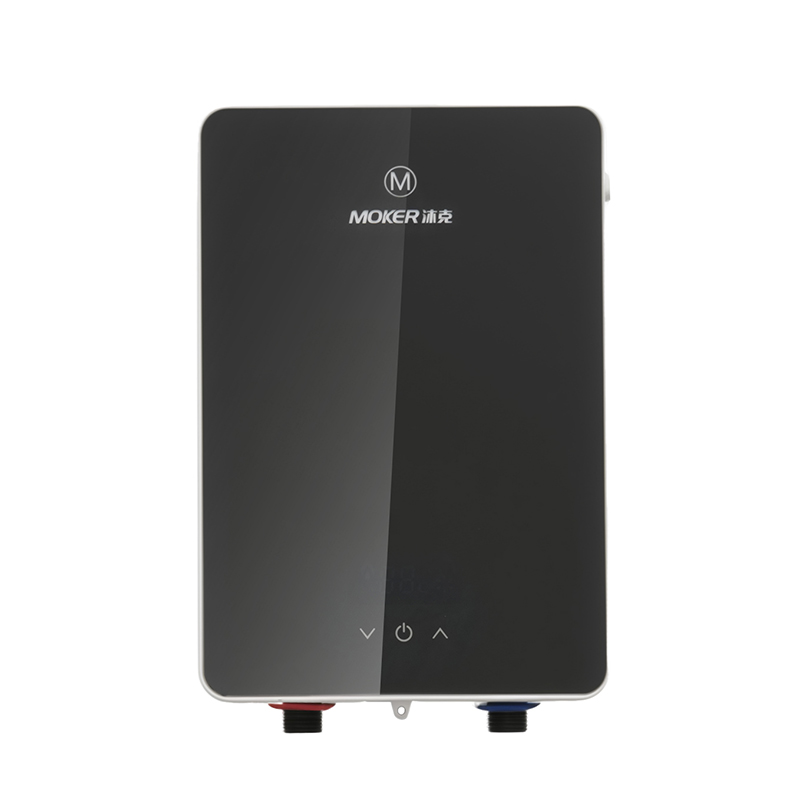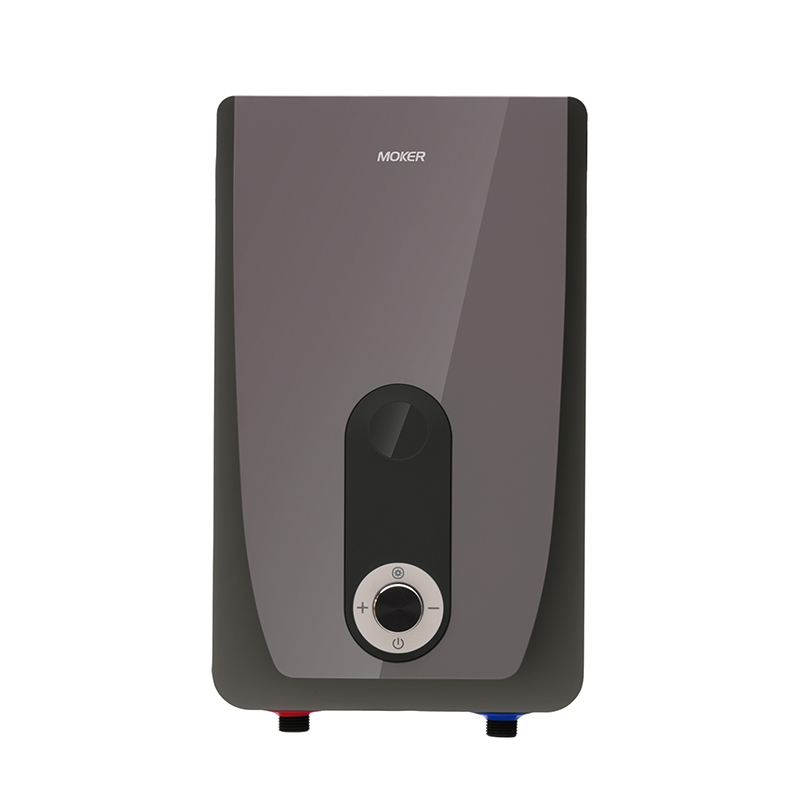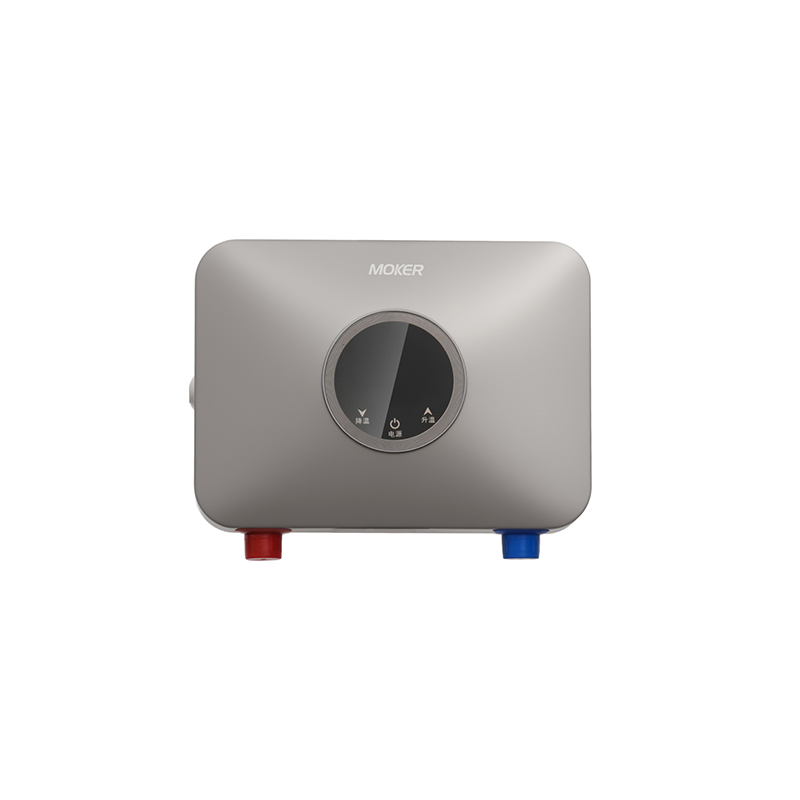Water Quality Adaptability and Scale Resistance of Different Water Heaters
Water quality adaptability refers to water heater’s ability to operate stably in water with varying mineral content (especially calcium and magnesium ions, which cause scale), while scale resistance denotes water heater’s capacity to minimize scale buildup or reduce scale’s impact on performance. Poor water quality adaptability leads to frequent scale-related breakdowns—scale coats heating elements, lowers efficiency, and shortens service life. Electric water heater, Tankless Water Heater, Instant water heater, electric tankless water heater, and instantaneous water heater electric each have distinct traits in this aspect, shaped by their heating structures and water contact designs.
Electric water heater has moderate water quality adaptability with manageable scale risks. Electric water heater’s large tank stores water for hours, allowing calcium/magnesium ions to precipitate and form scale at the tank bottom (not directly on heating elements, if elements are submersed). A 50-gallon Electric water heater can operate in moderately hard water (100–200 ppm calcium carbonate) for 2–3 years before scale affects efficiency—heating time may increase by 10–15% as scale insulates elements. To enhance adaptability, Electric water heater requires annual tank flushing to remove sediment; adding a pre-filter reduces scale further. However, in extremely hard water (over 300 ppm), Electric water heater’s elements may develop thick scale layers, leading to overheating and burnout if not maintained.
Tankless Water Heater has low to moderate water quality adaptability, with high scale sensitivity. Tankless Water Heater’s narrow heat exchanger channels (0.5–1 inch diameter) are prone to scale clogging—hard water minerals precipitate on channel walls when heated, restricting water flow. Gas Tankless Water Heater and electric Tankless Water Heater both require descaling every 6–12 months in moderate hard water (150–250 ppm); without it, flow rate drops by 30–50%, and hot water temperature becomes inconsistent. To improve adaptability, Tankless Water Heater needs a water softener or scale inhibitor system in hard water areas. In soft water (below 50 ppm), Tankless Water Heater’s adaptability improves, with descaling intervals extending to 2–3 years.
Instant water heater has low water quality adaptability, with rapid scale accumulation. Instant water heater’s small heating chamber (1–2 liters capacity) and high-wattage elements (2–5 kW) heat water quickly, accelerating mineral precipitation. In moderately hard water (120–200 ppm), Instant water heater develops scale on elements within 3–6 months—this causes uneven heating (lukewarm spots) and increased energy use. Instant water heater’s compact design makes scale removal difficult; most models lack accessible ports for descaling, requiring professional disassembly. In hard water (over 200 ppm), Instant water heater may fail within 1–2 years due to severe scale buildup, making it unsuitable for such areas.
Electric tankless water heater has balanced water quality adaptability, with better scale management than compact models. electric tankless water heater’s larger heat exchanger (1.5–2 inch channels) and modulated heating reduce scale formation speed—calcium/magnesium ions have less time to precipitate compared to Instant water heater. In moderate hard water (150–250 ppm), electric tankless water heater needs descaling every 10–14 months, and the unit includes built-in descaling ports for easy maintenance. Adding a basic sediment filter extends intervals to 18–24 months. In extremely hard water (over 300 ppm), electric tankless water heater still requires a water softener, but its durability against scale damage is higher than Tankless Water Heater’s compact variants.
Instantaneous water heater electric has very low water quality adaptability, with critical scale vulnerability. instantaneous water heater electric’s micro-coil (0.1–0.3 inch diameter) and tiny water channels are 极易堵塞 by scale—even soft water (50–100 ppm) causes scale buildup within 2–4 months. In moderately hard water (100–150 ppm), instantaneous water heater electric’s coil becomes insulated by scale, leading to no hot water output or overheating shutdowns. The unit’s non-serviceable design means scale buildup often requires full replacement, as descaling is impossible without damaging components. instantaneous water heater electric is only viable in ultra-soft water (below 50 ppm), with frequent filter replacement (every 1–2 months) to reduce mineral intake.
Water quality adaptability aligns with water heater’s structure: Electric water heater handles moderate hardness via maintenance; Tankless Water Heater and electric tankless water heater need proactive scale control; Instant water heater and instantaneous water heater electric struggle even in mild hard water. Matching water heater type to local water quality—plus proper maintenance—ensures consistent performance and avoids premature failure from scale.





